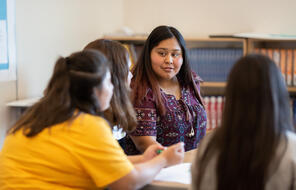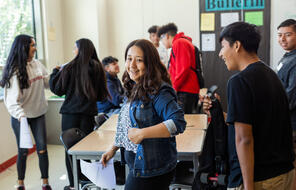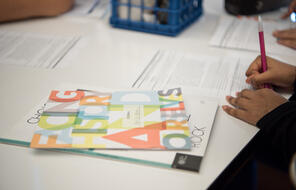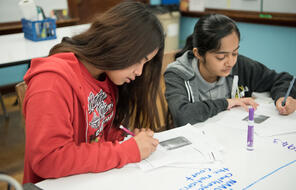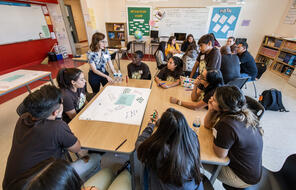
Read Aloud
Subject
- English & Language Arts
- History
- Social Studies
Grade
6–11Published
Overview
Why Read Aloud?
For many students, ideas on the page come alive when they are spoken. Reading text aloud provides a way to help all students access the material and develops their skills as active listeners. Listening to proficient readers provides a model for fluent reading and can help students, especially ELL students, recognize how to pronounce unfamiliar words. By inviting students to read, this strategy encourages class participation and takes the focus off of the teacher as the only source of information.
Lesson Plans
How to Conduct a Read-Aloud
Unlimited Access to Learning. More Added Every Month.
Facing History & Ourselves is designed for educators who want to help students explore identity, think critically, grow emotionally, act ethically, and participate in civic life. It’s hard work, so we’ve developed some go-to professional learning opportunities to help you along the way.
Exploring ELA Text Selection with Julia Torres
On-Demand

Working for Justice, Equity and Civic Agency in Our Schools: A Conversation with Clint Smith
On-Demand

Centering Student Voices to Build Community and Agency
On-Demand



